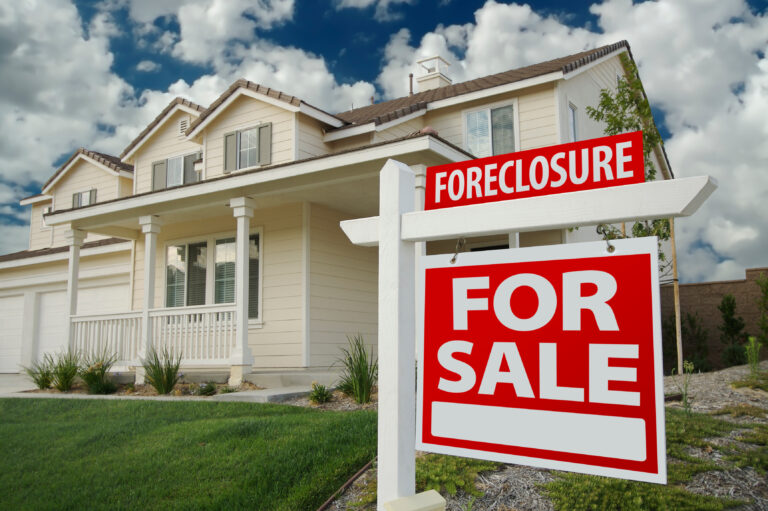Last week, a wind storm of epic proportions ravaged much of Maine. High speed winds knocked down trees, blew off roofs, and wreaked havoc with the power grid. As of the writing of this blog, news sources have estimated that during the peak of the storm almost 495,000 Maine homes and businesses lost power. For comparison purposes, the “(Not-So) Great Ice Storm of ‘98” (for those of you old enough to remember it) knocked out power for roughly 360,000 people.
Hopefully, your home and belongings fared well and your power has been restored. If not, however, it may be worth digging out your homeowner’s policy to see what losses may potentially be covered by your insurance.
Let’s begin with a disclaimer. Whether coverage exists for any particular type of loss, and the limits of any available coverage, depends on the specific wording of your particular insurance policy. Policies can and do differ, based on both who the insurer is and also what types of coverage you have purchased. In other words, what may be a covered loss under one homeowner’s policy may not be covered under another. So, this blog is just meant for general discussion purposes and not as “one-size-fits-all” advice.
That being said, the first question is whether the event that caused the damaged is a covered “peril” under your homeowner’s policy. A “peril” is a certain covered event, meaning that when one occurs it will trigger insurance coverage. It is usually a specifically defined term in the homeowner’s policy, meaning that your policy will have a definition of what does or does not constitute a peril. Wind damage (such as that sustained in a wind storm) and falling objects (such as a tree or a telephone pole) are typically covered perils. Other perils that are normally covered include damage caused by: fire and smoke; snow, ice, and/or hail; lightning; explosion; vehicles (i.e., someone backing into the side of your house); certain types of water damage (such as burst pipes); and theft or vandalism. Flood damage and water damage caused by sewer or drain backup are typically not covered perils, and often require separate insurance policies or endorsements. Most policies also typically do not cover damage caused by routine wear and tear on your home and/or appliances.
In the event that your home or property suffered damage due to the wind and/or a falling object, you may have insurance coverage available for your loss; subject, of course, to your deductible and policy limits.[1] The next question, therefore, is what types of coverage may be available to help compensate you for your loss. Two of the more obvious coverages are known as “dwelling coverage” and “other structures coverage.” These cover expenses to repair or rebuild your home (dwelling coverage) or other detached structures on your property (stand-alone garages, sheds, etc.). If a tree fell and crushed your roof or wind blow the roof off your garage, for instance, those losses would most likely be compensated under these coverages.
Most homeowner’s policies also provide coverage for your “personal property” – this typically includes furniture, appliances, electronics, and even clothing. Therefore, if the tree that crushed your roof also crushed your lovely bedroom set, you probably can be compensated for that. Additionally—and of particular interest in light of the recent wind storm—personal property coverage will sometimes cover food that spoiled in a freezer or refrigerator due to a power outage (if the power outage itself was caused by a covered peril). I would note that this is one of those coverages that seems to differ greatly depending on the insurance company and coverage selected. If you had to throw out hundreds of dollars worth of food, it may be worth looking into this. Bear in mind, however, that you should engage in a cost / benefit analysis before filing a claim for your spoiled food, as it may or may not be worthwhile in light of the deductible and future increased premiums you may be facing. A friendly call to your insurance representative may help you weigh your options in this regard.
Another common form of coverage is “loss of use” and/or “additional living expense” coverage, which helps to pay for expenses that you may incur if you’re temporarily unable to stay in your home due to the damage and/or repairs. Examples of this coverage can include the cost of a hotel room and meals that you have to pay for because of the damage to your home.
Finally, homeowner’s policies also virtually always include liability coverage. This is the coverage that protects you in the event that someone else gets injured or suffers property damage while on your property due. The ins and outs of of this coverage is a topic for another day, as it deserves its own detailed discussion.
Disclaimer
These materials have been prepared by Rudman Winchell for educational purposes only. They should not be considered legal advice. The transmission of this information to you is not intended to create a lawyer-client relationship. Readers should not act upon this information without seeking professional counsel. You should not send any confidential or private information to Rudman Winchell until a formal attorney-client relationship has been established, in writing.
[1] A deductible is a certain amount of money that you, as the insured, must pay out of pocket towards a loss before your insurance coverage will kick in. The policy limit is the maximum amount of money that your insurance company will pay for towards a loss.




